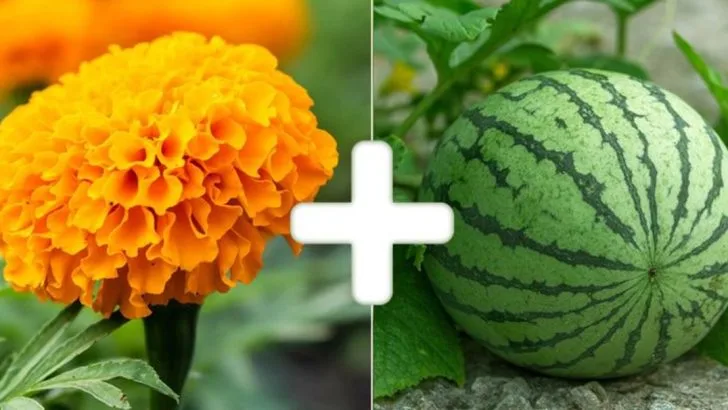When it comes to companion planting, some pairings are well-known — but others might just surprise you. Certain unexpected plant combinations can actually improve growth, deter pests, and boost the overall health of your garden in ways you might not expect.
In this article, we reveal 20 surprising companion plants that work together beautifully. These lesser-known partnerships can lead to healthier plants, bigger harvests, and a more balanced ecosystem right in your backyard.
Discover new and exciting plant partnerships that could transform the way you garden!
Basil and Tomatoes
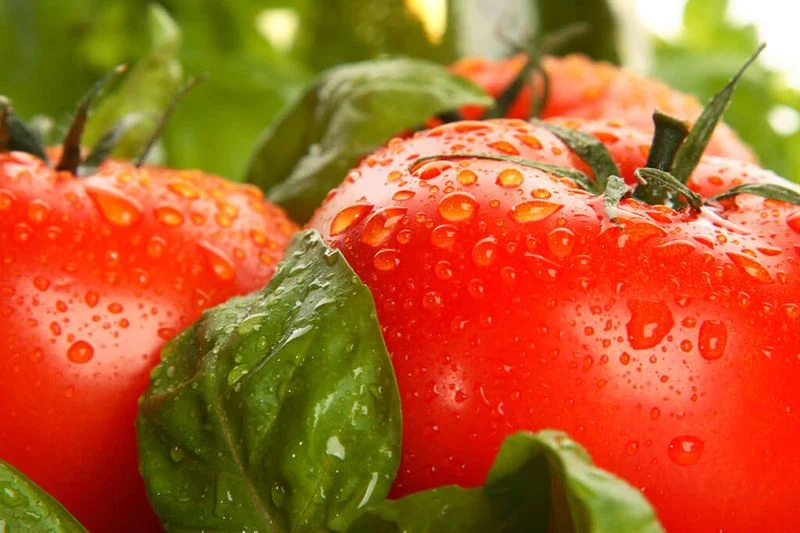
Basil and tomatoes are a match made in gardening heaven. This classic combo doesn’t just shine in the kitchen; in the garden, basil acts as a natural pest deterrent for tomatoes. The aromatic oils of basil confuse pests looking to munch on your ripe tomatoes, keeping them safe and sound. Additionally, this partnership enhances the flavor of both plants, creating a more robust and savory taste in your dishes. Consider planting basil around the base of your tomato plants for a reliable and fragrant garden ally. This duo is essential for any gardener looking to maximize their harvest.
Carrots and Radishes
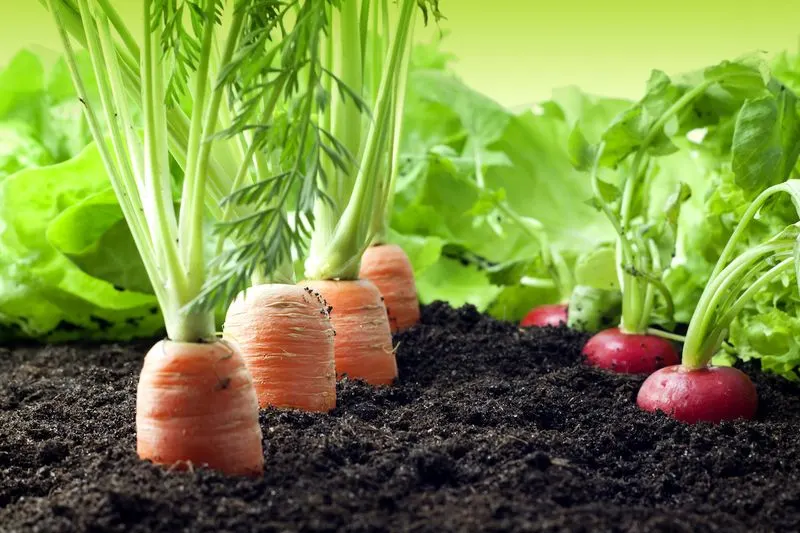
Pairing carrots and radishes can boost your root vegetable yield. Radishes sprout quickly, loosening the soil for slower-growing carrots. Their swift growth also marks the row, so gardeners don’t accidentally disturb the carrot seedlings. As radishes mature, they make way for carrots to expand, offering a seamless transition. These two root vegetables complement each other perfectly, providing a practical and efficient use of space in the garden. This combination makes harvesting a breeze, offering a delightful mix of flavors for your kitchen creations.
Beans and Corn
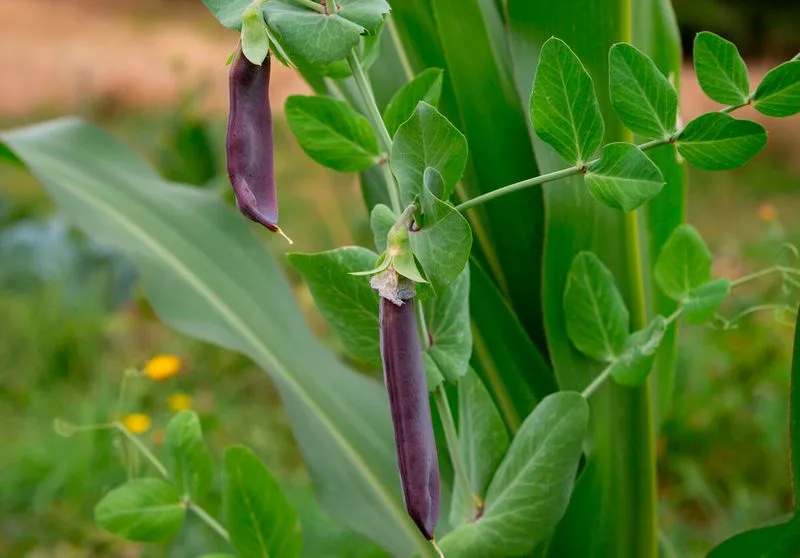
The age-old combination of beans and corn is more than just a historical curiosity. Beans climb the sturdy corn stalks, saving space and adding nitrogen to the soil, benefiting both plants. This symbiotic relationship enhances soil fertility while creating a natural support system for the beans. Corn, in turn, provides the perfect structure for beans to twine around, making this duo a sustainable and efficient pairing. This partnership embodies harmony in the garden, showcasing how two plants can thrive together, supporting each other in every way.
Cabbage and Dill
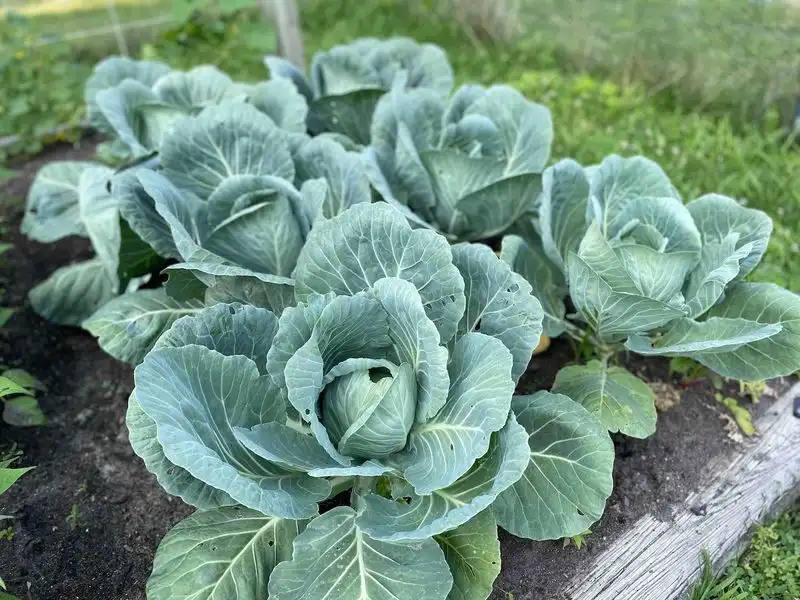
Combining cabbage and dill brings unexpected harmony to your vegetable patch. Dill attracts ladybugs and other beneficial insects that prey on cabbage pests, acting as a natural defense. Meanwhile, its feathery fronds offer a visual contrast to the dense cabbage heads, creating an aesthetically pleasing garden bed. This partnership not only safeguards your cabbage from pests but also adds a culinary edge, as dill can be used to flavor the very cabbage it protects. Together, they create a dynamic duo that’s both pretty and practical.
Marigolds and Melons
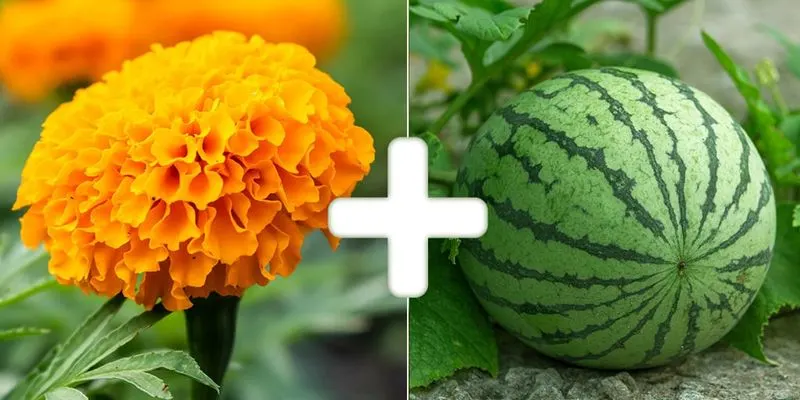
Marigolds and melons form a vibrant and protective duo in the garden. The pungent scent of marigolds deters nematodes and other pests that can damage melon roots. Their bright blossoms attract pollinators, enhancing the fruit set of your melon plants. This companionship not only adds a splash of color but also safeguards the health of your melons. Plant marigolds around melon mounds for a visually stunning and functional garden setup. This pairing is a testament to the power of flowers in vegetable gardening.
Nasturtiums and Cucumbers
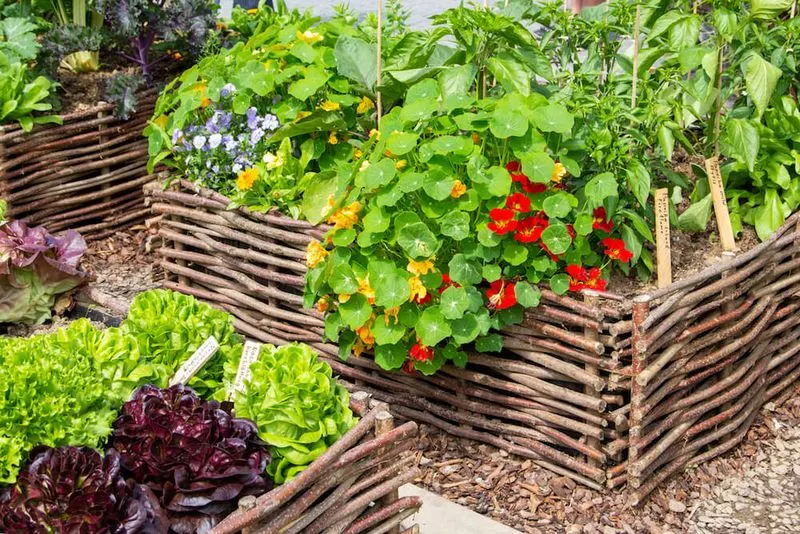
Nasturtiums and cucumbers are more than just pretty companions. Nasturtiums act as a trap crop, luring aphids away from cucumber plants with their bright, appealing flowers. This protective measure ensures that cucumbers can grow without pest interference. Additionally, the trailing habit of nasturtiums adds an ornamental touch to garden beds or containers. Together, they create a dynamic visual display, making your garden both productive and picturesque. This pairing proves that beauty and function can go hand in hand in the world of gardening.
Garlic and Roses
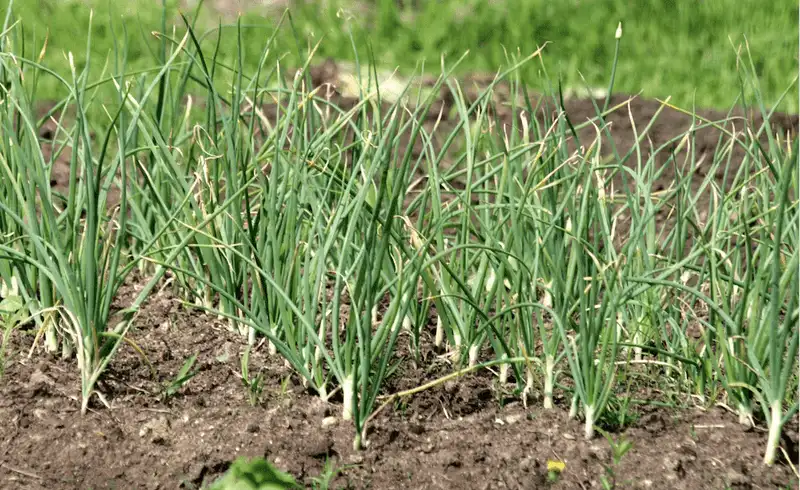
Garlic and roses might seem like an unusual pairing, but they complement each other beautifully. Garlic acts as a natural pest repellent, protecting roses from aphids, spider mites, and other common pests. The strong scent of garlic masks the alluring aroma of roses, confusing pests. Meanwhile, roses bring a touch of elegance and color to a garden bed, contrasting with the simplicity of garlic plants. This unexpected partnership showcases how practicality and beauty can thrive together. A truly enchanting duo for any garden enthusiast.
Spinach and Strawberries
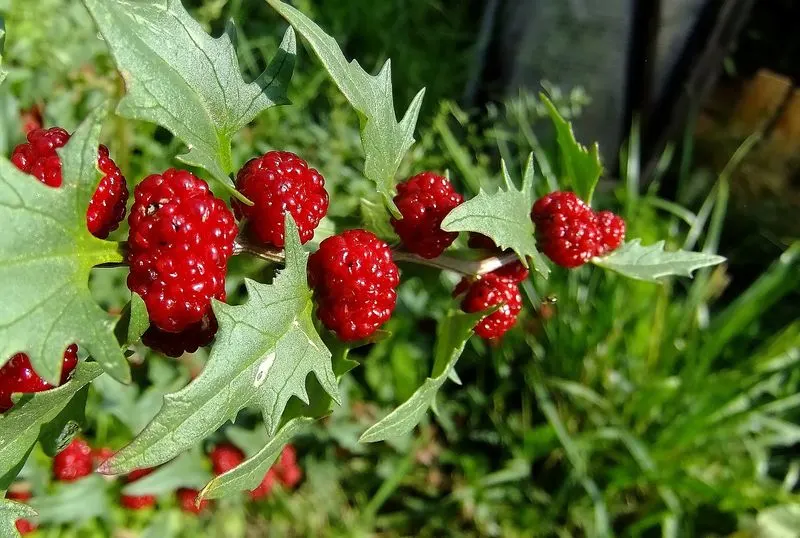
Spinach and strawberries grow well together, offering both visual appeal and practical benefits. Strawberries benefit from the shade provided by spinach, which helps retain soil moisture and reduce weed growth. The contrasting textures and colors of these plants make for an attractive garden display. Additionally, spinach’s rapid growth cycle complements the slower-growing strawberry plants, making for efficient use of garden space. This duo not only provides a bountiful harvest but also a striking visual contrast, perfect for any garden plot.
Sunflowers and Cucumbers
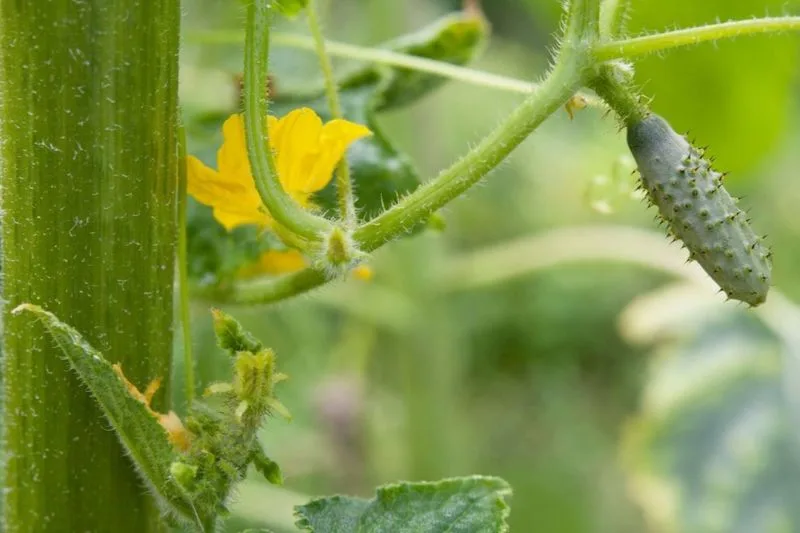
Sunflowers and cucumbers create a garden partnership that’s as functional as it is beautiful. Sunflowers offer natural support for cucumber vines, which can climb their tall, sturdy stalks. This vertical growth helps maximize garden space and enhances air circulation. Additionally, sunflower roots secrete allelopathic chemicals that can inhibit the growth of some weeds, providing a cleaner garden bed. Their sunny blooms also attract pollinators, benefiting cucumber yields. Together, they create a harmonious blend of height and color, adding vitality to any garden.
Chives and Carrots

Chives and carrots are a smart companion choice for any gardener. The pungent aroma of chives repels carrot flies, a common pest that can damage carrot crops. This protective measure allows carrots to thrive, resulting in a healthier and more abundant harvest. In return, the upright growth of carrots ensures ample space for chives to spread, creating a complementary arrangement. This duo is particularly suited for small gardens where space efficiency is key. Their harmonious relationship highlights the benefits of thoughtful companion planting.
Lavender and Brassicas
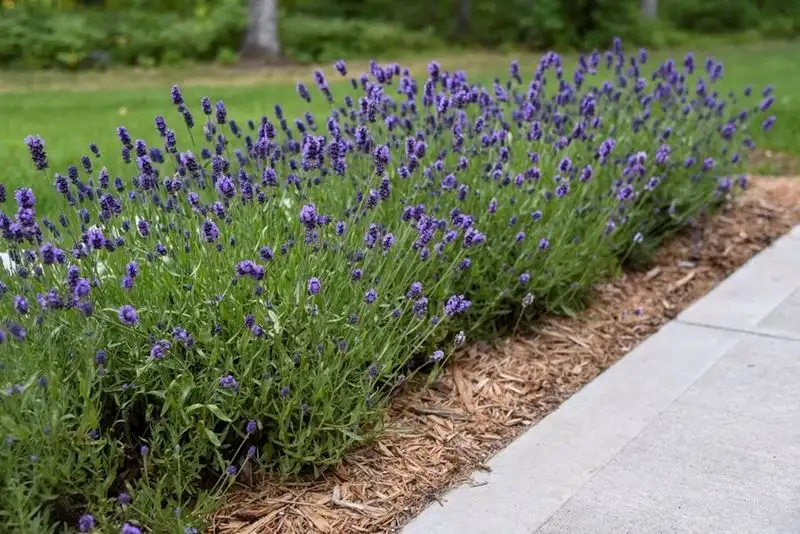
Lavender and brassicas make an unexpected yet effective garden pair. Lavender’s strong scent deters pests that typically target cabbages, kale, and other brassicas. Its lovely purple flowers attract pollinators, enhancing the overall biodiversity of your garden. Meanwhile, the robust growth of brassicas provides a lush backdrop to the delicate beauty of lavender. This combination not only offers pest protection but also creates a visually appealing display. Ideal for gardeners who appreciate the fusion of form and function, this pairing is a sensory delight.
Borage and Tomatoes
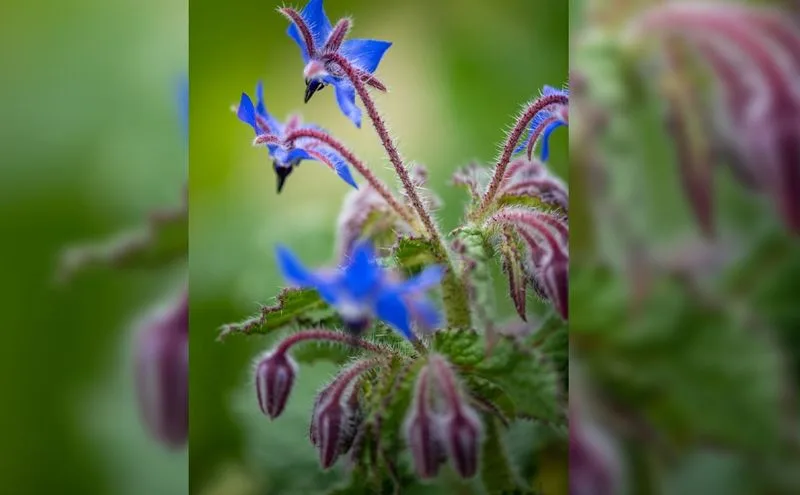
Borage and tomatoes are an underrated garden duo with unique benefits. Borage is known for attracting pollinators and repelling tomato hornworms, one of the most destructive pests for tomatoes. The star-shaped blue flowers of borage add beauty and diversity to your garden, while its leaves can enhance the flavor of tomatoes when used as mulch. This partnership makes for a healthier tomato crop and a more visually appealing garden. A practical choice for gardeners looking to maximize both productivity and aesthetics in their vegetable patch.
Peas and Turnips
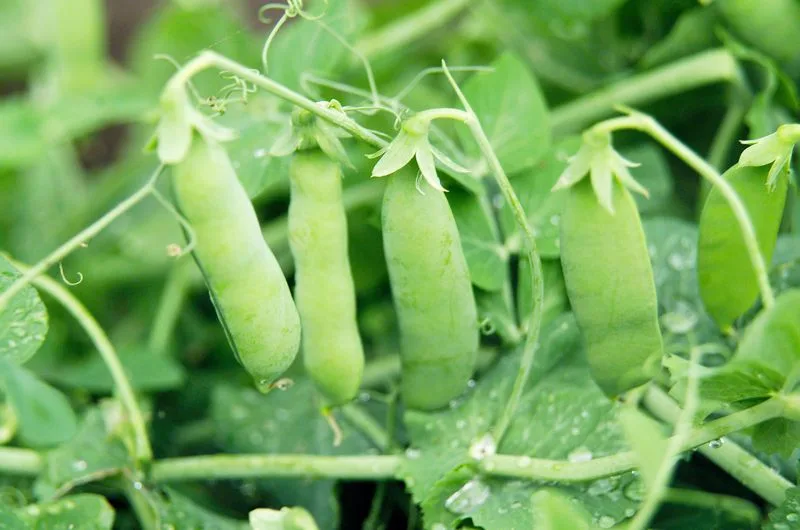
Peas and turnips prove that some of the best partnerships are the least expected. Peas fix nitrogen into the soil, enhancing fertility and benefiting the surrounding turnips. This natural fertilization process supports robust turnip growth and a more productive harvest. Additionally, the sprawling habit of pea vines offers ground cover that helps suppress weeds. This duo is perfect for gardeners seeking to improve soil health while maximizing space. Together, peas and turnips create a balanced environment that promotes flourishing vegetable patches and a bountiful yield.
Beets and Onions
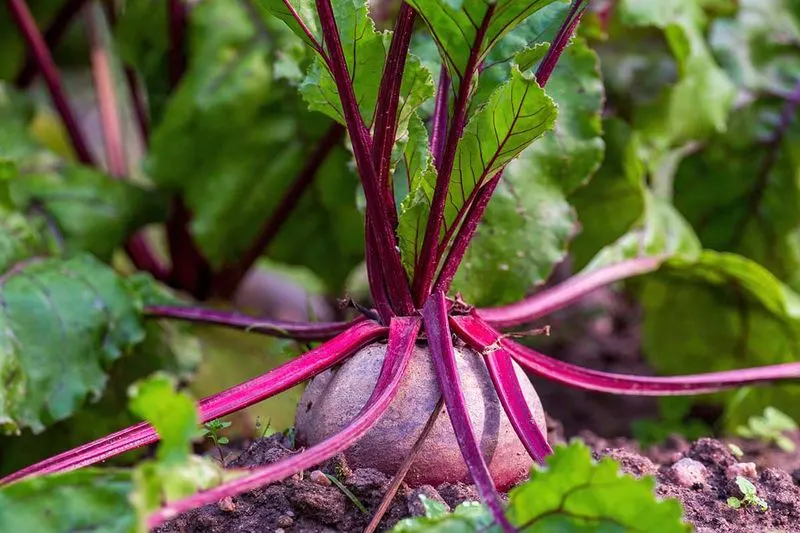
Beets and onions make a powerful partnership in the garden. The strong aroma of onions deters beet pests, ensuring healthier root development and a bountiful harvest. In return, beets offer a visual contrast with their vibrant greens and red roots, adding variety to your garden. This pairing also makes efficient use of space, as onions can be tucked between beet rows without crowding. Together, they create a harmonious and productive garden bed. An ideal choice for gardeners aiming to combine practicality with visual appeal.
Thyme and Eggplants

Thyme and eggplants are a match that blends culinary delight with garden practicality. Thyme’s aromatic properties repel pests such as flea beetles, which commonly attack eggplants. Meanwhile, thyme provides ground cover that helps retain soil moisture, benefiting the thirsty eggplant roots. The subtle herbal fragrance of thyme complements the bold presence of eggplants, creating a pleasing garden aesthetic. This combination also offers a tasty kitchen staple, with both plants providing flavorful ingredients for summer dishes. An inspiring duo for any home gardener.
Zinnias and Squash
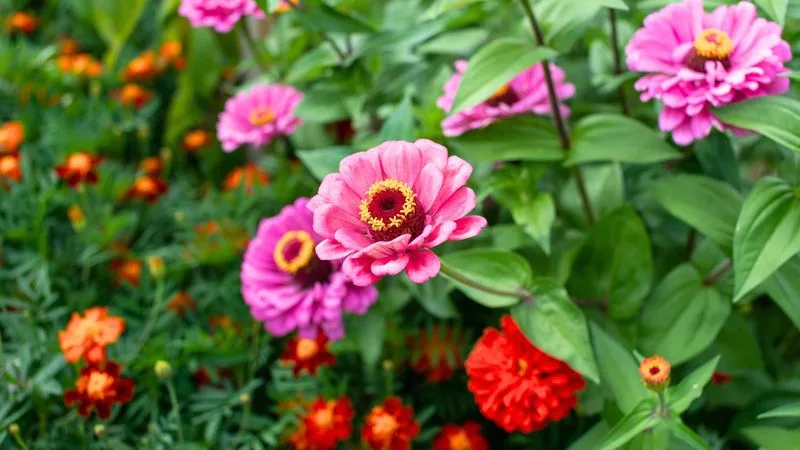
Zinnias and squash combine vibrancy with functionality in the garden. Zinnias attract pollinators such as bees and butterflies, essential for squash fruit set. Additionally, their bright blooms draw beneficial insects like ladybugs, which can help control squash pests. The sprawling nature of squash provides ground cover, which helps suppress weeds. Together, they create a lively and efficient garden space, offering both visual appeal and improved plant health. This pairing exemplifies how flowers and vegetables can work together for a thriving garden.
Dill and Lettuce

Dill and lettuce bring a refreshing partnership to the garden. As dill grows tall, it casts light shade over the lettuce, which helps prevent bolting in hot weather. The feathery foliage of dill adds an airy charm to the garden, contrasting with the lushness of lettuce. Moreover, dill attracts beneficial insects that can protect lettuce from pests. This pairing not only enhances the aesthetics of your garden but also promotes healthier lettuce growth. Ideal for gardeners looking to maintain a productive and visually appealing vegetable patch.
Calendula and Asparagus
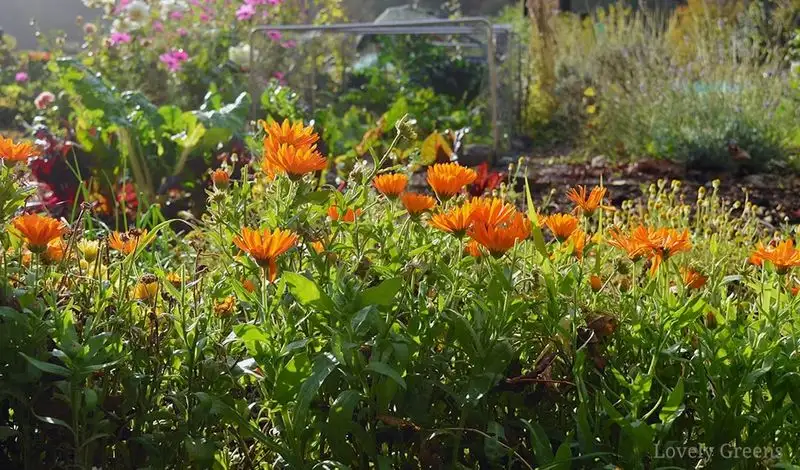
Calendula and asparagus form a perennial partnership that offers lasting benefits. Calendula’s bright flowers attract pollinators and beneficial insects, enhancing asparagus growth. Additionally, calendula can deter asparagus pests like beetles, providing a natural defense system. The golden blooms of calendula add color and cheer to the garden, making it an attractive spot throughout the growing season. This partnership exemplifies how beauty and utility can coexist, offering both aesthetic pleasure and practical benefits to gardeners.
Sage and Broccoli
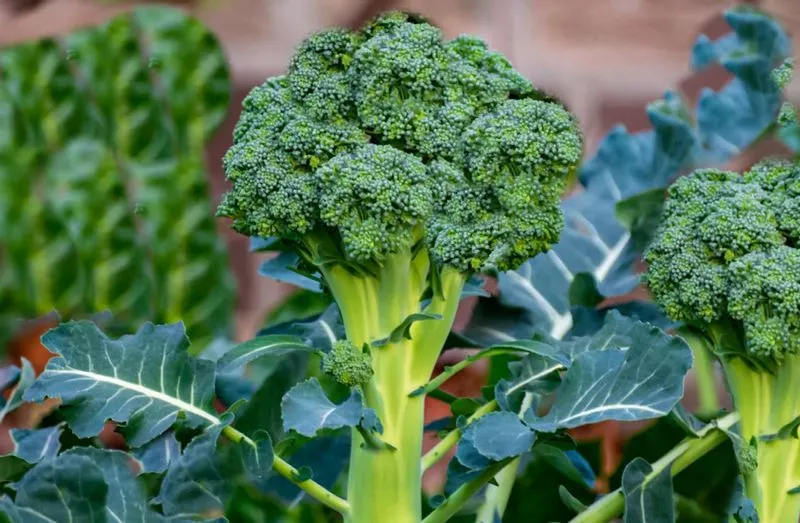
Sage and broccoli create a garden alliance that’s good for both the palate and the plot. The aromatic oils in sage deter pests that often plague broccoli, such as cabbage moths. Meanwhile, broccoli provides a lush backdrop, contrasting with the silvery leaves of sage. This combination not only protects your crops but also enhances the visual appeal of your garden. It’s a pairing that offers culinary benefits as well, with both ingredients enhancing a range of dishes. Perfect for gardeners looking to combine taste and utility.
Mint and Cabbage
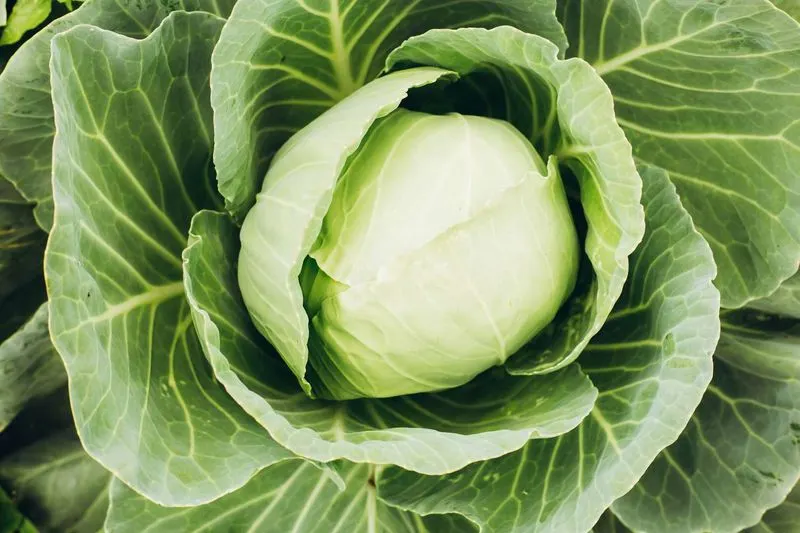
Mint and cabbage might seem an odd couple, but their partnership is surprisingly effective. Mint’s strong aroma confuses pests that target cabbage, such as cabbage moths. This natural pest deterrent ensures healthier cabbage growth and a more abundant harvest. Meanwhile, the lush growth of mint provides ground cover, reducing weeds and retaining soil moisture. This duo not only offers practical benefits but also adds a refreshing scent to your garden. An excellent choice for gardeners aiming to optimize both plant health and sensory appeal.

